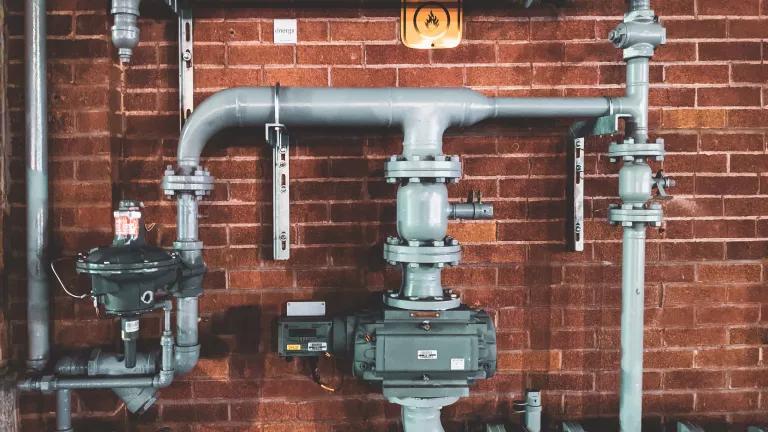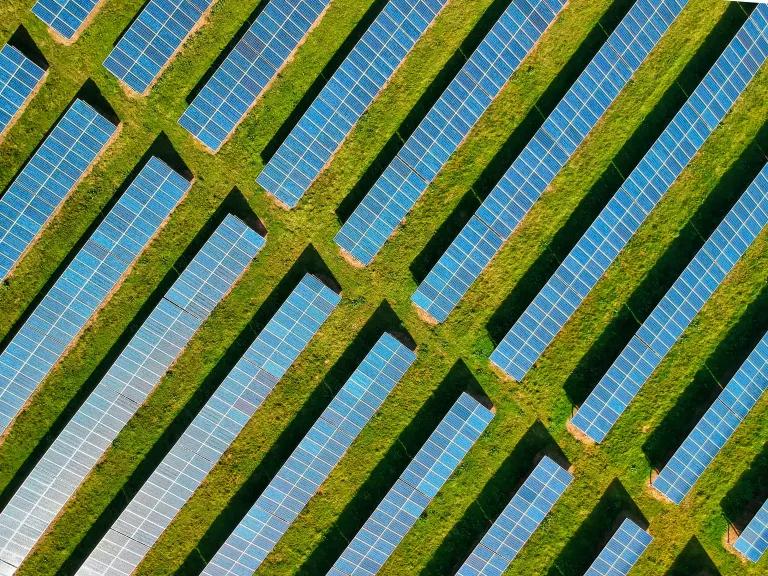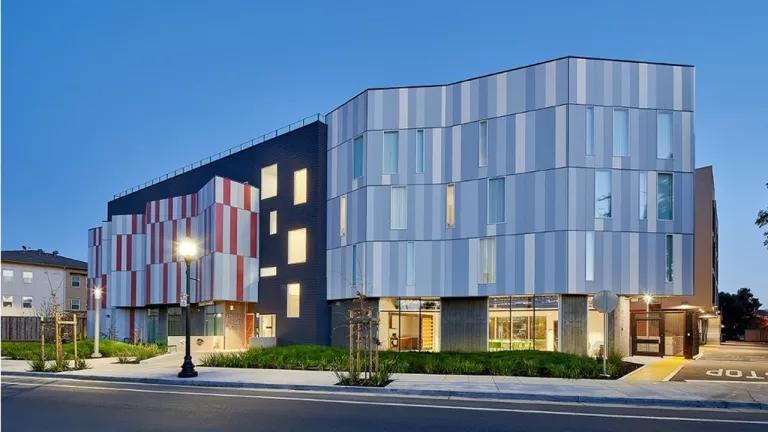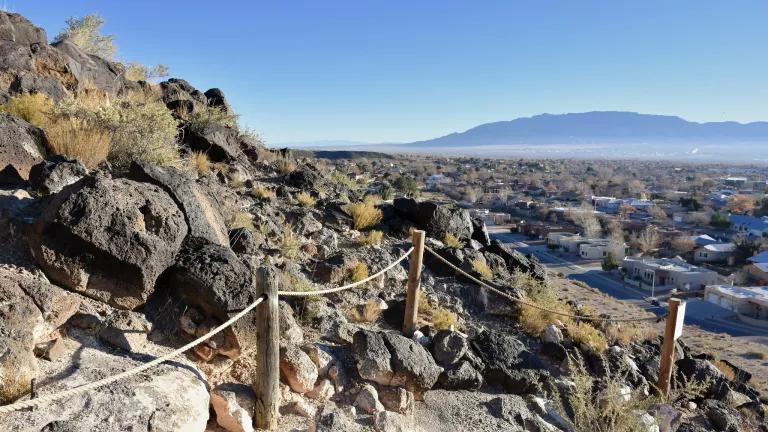Will CA Finally End Subsidies for New Gas Connections?
California is well overdue to cut the more than $100 million in annual subsidies for new gas connections to homes and buildings, which is currently under consideration at the Public Utilities Commission.

California is only eight years away from its 2030 climate goals and inching closer every day to the 2045 deadline for economy-wide carbon neutrality. And yet, some gas utilities have resisted efficient electrification of homes and businesses, including in new buildings where electrification is hands-down the economic and greenhouse gas (GHG) emissions winner—even with the subsidies that California currently pours into new gas connections.
With the release of a recent Staff Proposal recommending an end to all new gas connection subsidies, the California Public Utilities Commission (CPUC) is poised to take a significant, first-in-the-nation step that would save customers over $100 million annually. Many stakeholders, including the NRDC alongside other climate, environmental justice, and consumer advocates, strongly support this move.
What are gas line extension subsidies?
When a builder in California seeks to connect a house, apartment complex, restaurant, or office building to the gas system, there are significant costs involved to extend the gas distribution line to the building and to install a meter to monitor the building’s gas usage. These costs amount to millions of dollars each year, and they are only partially paid by the building owner benefiting from the connection. All the other existing gas ratepayers currently contribute a significant portion of these costs.
In 2020 alone, these line extension subsidies to encourage new gas consumption amounted to more than $144 million for California’s four largest gas utilities. Over the last five years, they totaled more than $600 million in costs to other gas customers. As the state transitions to all-electric buildings in line with our climate goals, one can’t help but ask: Why are Californians providing millions of dollars in subsidies to expand a system that continues our dependence on fossil fuels?
These gas line extension subsidies are unreasonable, inequitable, and incompatible with our efforts to stop climate change. Instead of saving gas ratepayers money and ensuring that those left on the system the longest are not stranded with easily preventable costs, the current line extension policies encourage further investments into a system that is incompatible with California’s pressing climate goals. This is why the ongoing CPUC proceeding on gas line extension subsidies is so important—and why the gas utilities’ support is particularly notable.

Photo by Red Zeppelin on Unsplash
A new direction for gas utilities
Among those groups that support eliminating gas line extension subsidies for residential and many commercial buildings are four of the state’s biggest utilities: Pacific Gas and Electric (PG&E), Southern California Edison (SCE), SoCalGas, and San Diego Gas & Electric (SDG&E). While PG&E and SCE have been supportive of past measures to encourage a switch from gas-fueled to electric appliances, this is the first acknowledgment from SoCalGas and SDG&E that if we are to meaningfully address climate change, their future will include shifting away from serving residential customers.
While SoCalGas and SDG&E are on board with some components of the staff proposal—specifically, they do not oppose the elimination of gas line extension subsidies for residential and some small commercial customers—they want to implement any changes much more slowly than staff recommend. Nevertheless, this represents a surprising turning point for the gas utilities. The development also comes on the heels of SoCalGas’ The Role of Clean Fuels report, which models climate pathways that include between 50 to 100 percent electrification of new appliances installed in existing buildings by 2035. For example, in the scenario they model as the lowest cost, they assume that 50 percent of gas appliance sales are electrified by 2035. This represents a significant change in tone from SoCalGas as compared to reports that they released previously denying the efficacy and need for building electrification. At the same time, not all gas utilities accept that gas connection subsidies are no longer appropriate for residential customers. Southwest Gas continues to resist efficient building electrification in the current CPUC proceeding—but they increasingly find themselves alone in that position.
The broad support for eliminating residential gas line extension subsidies, not only from climate and environmental justice organizations but also from gas utilities, passes the torch to the CPUC to get this decision right. If they do, California will become the first state in the country to remove subsidies for new gas infrastructure to homes and businesses—paving the way for other states to take this meaningful, preliminary step to combat the climate emergency.





